This post may contain affiliate links. Where I make a small commission on purchased items, at no extra cost to you. See my disclosure for details.
Want to bake delicious treats like a pro, but don’t know where to start? Whether you’re a baking newcomer or just looking to improve your skills, this comprehensive Baking for Beginners guide will walk you through everything you need to know to become a confident and successful baker.
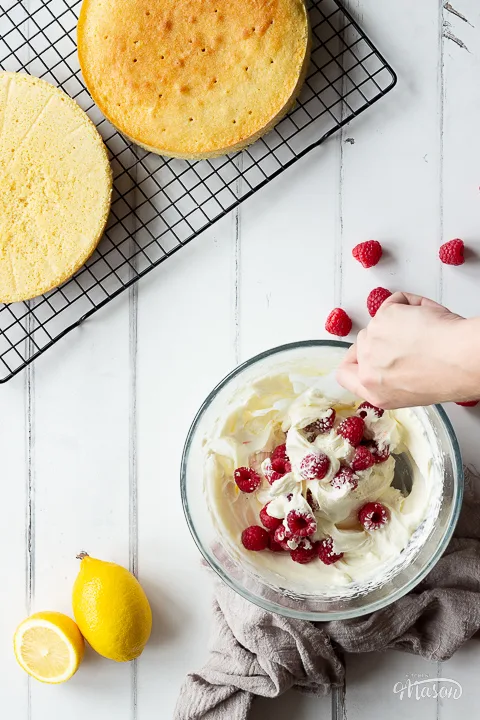
Baking can be a fun and rewarding hobby, that brings joy to you and those around you. However, it can also seem intimidating and overwhelming to navigate. But fear not! From essential tools to simple recipes and expert tips, I promise you’ll be whipping up perfect treats in no time.
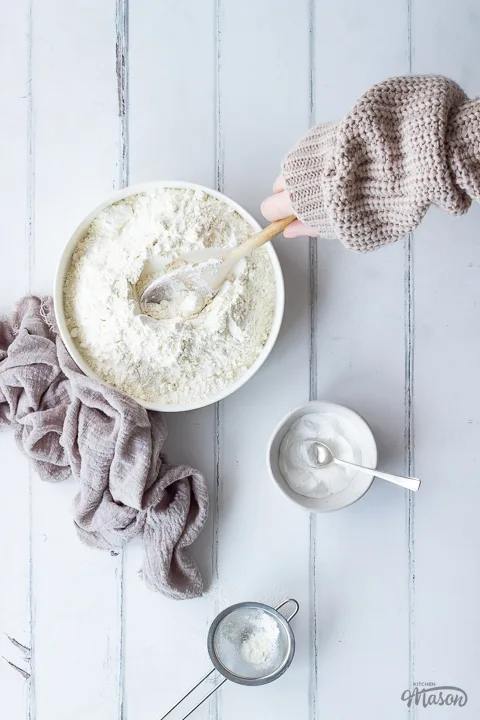
And if that’s not enough – subscribe for FREE below, to receive your Best Bakes e-cookbook and my Top 5 Tips to Guarantee Baking Success! Plus a bonus measurement conversion cheat sheet. Baking for beginners has never been this rewarding! Sounds good right?! So grab your apron, preheat your oven, and let’s get started!
Baking essentials: everything you need to know to get started
So you want to learn how to bake? Great! You’re in the right place 🙂
This extensive guide on baking for beginners will have you applying for Bake Off in no time!
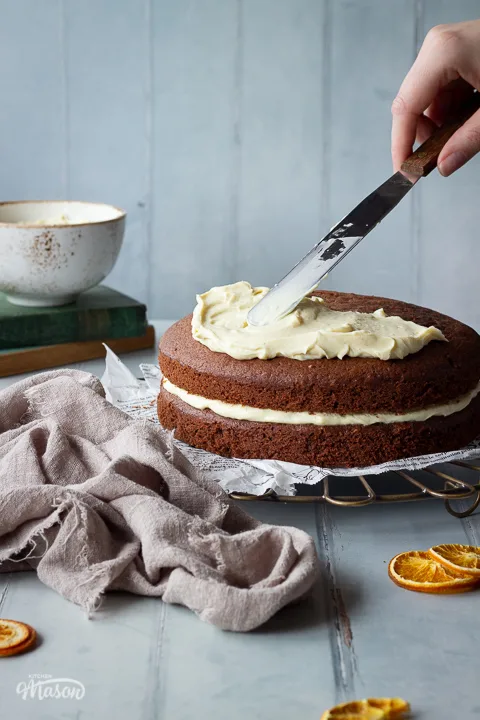
Essential baking tools and equipment for beginners
People often say a good craftsman never blames his tools. In baking, this doesn’t fully hold up. Having the right equipment really can make your life easier! Which, in turn, allows you to concentrate on creating brilliant bakes. Rather than cursing your broken spatula or leaky tin.
It’s also worth noting that, you get what you pay for. Buying expensive equipment might not feel like a saving. But if you continually buy cheap equipment, that breaks and needs replacing all the time, spending that little bit more can actually save you lots of money long term.
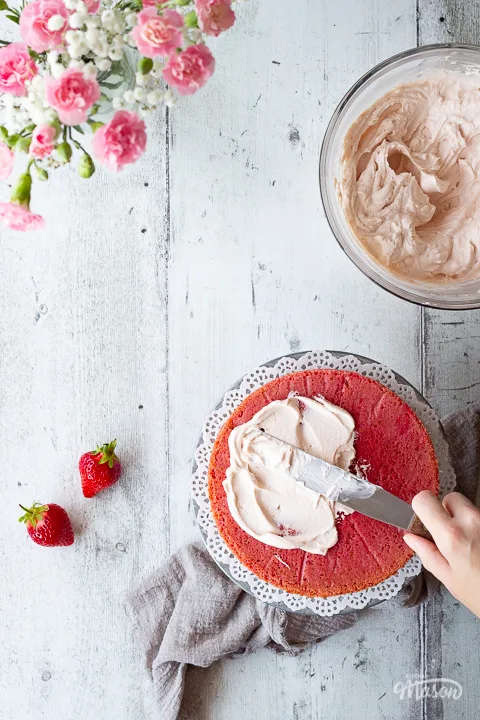
Baking for beginners: top 10 tools
With this in mind, here are my top 10 baking tools every beginner baker should have.
- 20cm (8″) Square loose bottom baking tin
- 20cm (8″) Round loose bottom baking tin
- Large non stick baking tray (affiliate link)
- Digital weighing scales (affiliate link)
- Electric hand whisk (affiliate link) *
- Two or three glass mixing bowls (affiliate link)
- Cooling rack (affiliate link)
- Measuring spoons (affiliate link)
- Two or three rubber spatulas (affiliate link)
- Hand whisk (affiliate link)
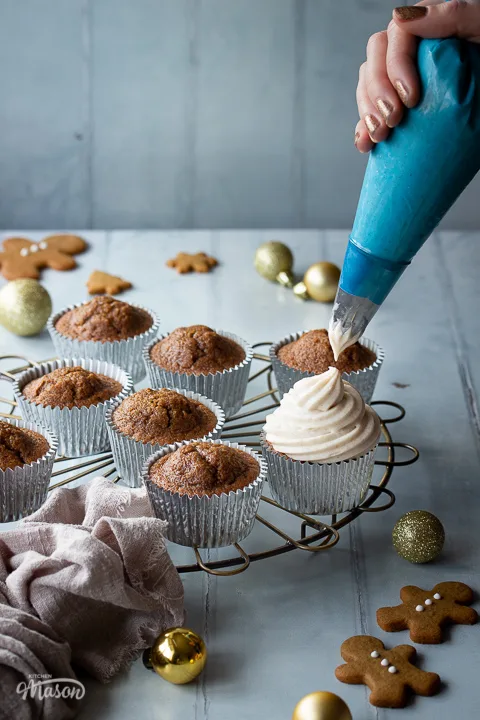
*If you find that you enjoy baking, and do it a lot, I recommend upgrading your electric hand whisk to an electric stand mixer (affiliate link). Not a cheap investment, but worth it if used frequently. It saves a lot of time and elbow grease!
Once you’ve got the essentials, why not treat yourself to some Kitchen Mason swag?! The cork pot stand is particularly stylish and useful!
-
 Bamboo Salad Spoon£3.99
Bamboo Salad Spoon£3.99 -
 Adjustable White Apron£13.99
Adjustable White Apron£13.99 -
 Cork Cutlery Pot Stand£8.99
Cork Cutlery Pot Stand£8.99
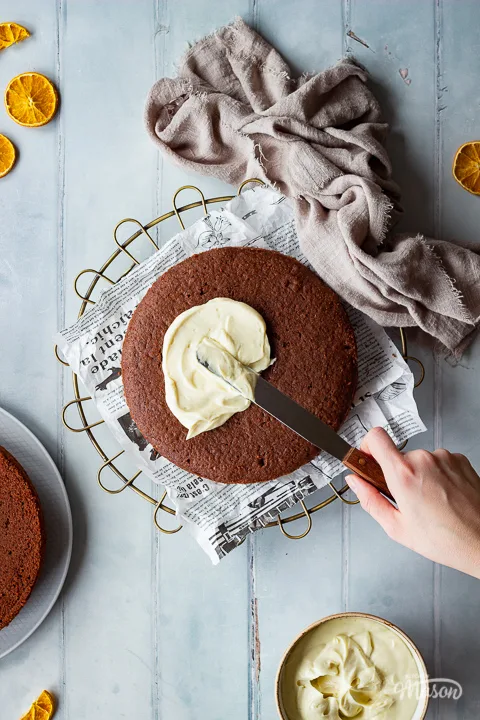
Measuring ingredients: the basics
Measuring may seem like a simple task. But, if done wrong, it can seriously impact your bakes! Here are a handful of helpful tips to ensure consistent baking…
Baking for beginners: measuring tips
- Never switch between metric or imperial measurements mid bake. Stick with one the whole way through.
- Use digital scales to ensure accuracy.
- Place your bowl directly onto the scales. This makes things less messy and creates fewer pots to wash.
- Don’t forget to zero the scales! Place a bowl on your scales, zero them (use the tare function) and then add your ingredients.
- Pay attention to the details. For example, a level tablespoon is not the same as a heaped tablespoon.
- Use measuring spoons for consistent success. 1 teaspoon in baking, is not the same as the one you use to make a cup of tea!
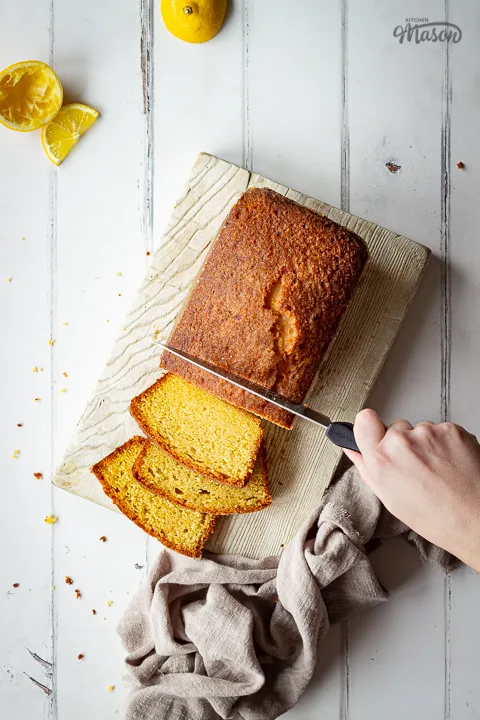
For the biggest measuring tip of all – subscribe for FREE below. It’s one of my essential Top 5 Tips to Guarantee Baking Success. Plus you get a Best Bakes e-cookbook and a conversion cheat sheet too! Trust me, it’s 100% worth it.
Baking techniques: explained
Having the right equipment, and knowing how to measure your ingredients is great. But not understanding the techniques? This can feel incredibly overwhelming. And even put you off baking entirely!
So lets tackle that problem, and give you the knowledge to face those recipes head on!
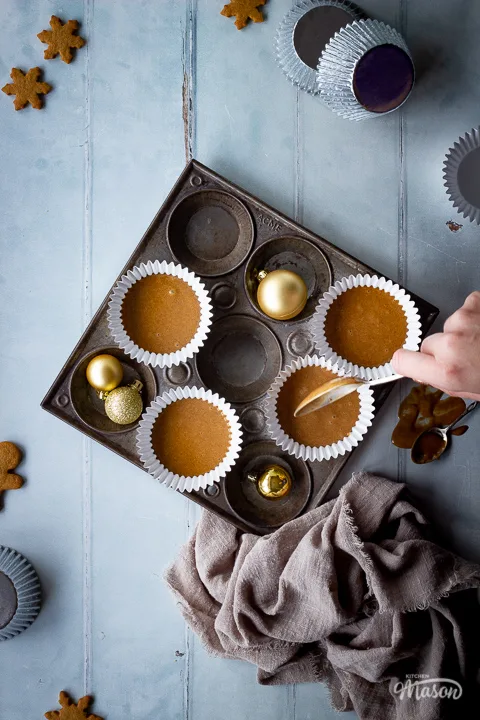
Baking for beginners: 10 techniques and what they mean
- Creaming: This involves beating together butter and sugar until light and fluffy. Creaming is often used as the first step in making cookies, cakes, and other baked goods.
- Folding: Folding is a gentle mixing technique that’s used to incorporate ingredients without deflating them. It’s often used when adding whipped cream, egg whites, or other delicate ingredients to a batter.
- Whisking: Whisking involves beating ingredients together quickly, with a wire whisk. It’s often used to incorporate air into a liquid or batter.
- Kneading: Kneading is a technique used when working with a dough, such as bread. It involves stretching and folding the dough to develop the gluten and create a smooth, elastic texture.
- Rolling: Rolling involves using a rolling pin to flatten dough to a desired thickness. This is often used when making pastry, cookies, and other baked goods.
- Cutting: Cutting involves using a knife or cookie cutter to shape dough. This is often used when making cookies or biscuits.
- Greasing: Greasing involves coating a baking tin or sheet with butter, oil, or a non-stick spray. It prevents sticking. This is important, as it ensures your baked goods come out cleanly and easily.
- Sifting: Sifting is the process of passing dry ingredients, such as flour or icing sugar, through a fine mesh sieve. It removes lumps and aerates the mixture. This can often lead to lighter, fluffier baked goods.
- Blind baking: Blind baking is a technique used to make pastry cases. It involves pre-baking the pastry before adding the filling. This ensures it stays crisp, and doesn’t become soggy.
- Brushing: Brushing involves using a pastry brush to apply egg wash, melted butter, or other liquids to the surface of baked goods. Either before or after baking. This can add flavour, colour, and shine to your baked goods.
If you would like to know more about making cakes, this post on cake making methods will be right up your street!
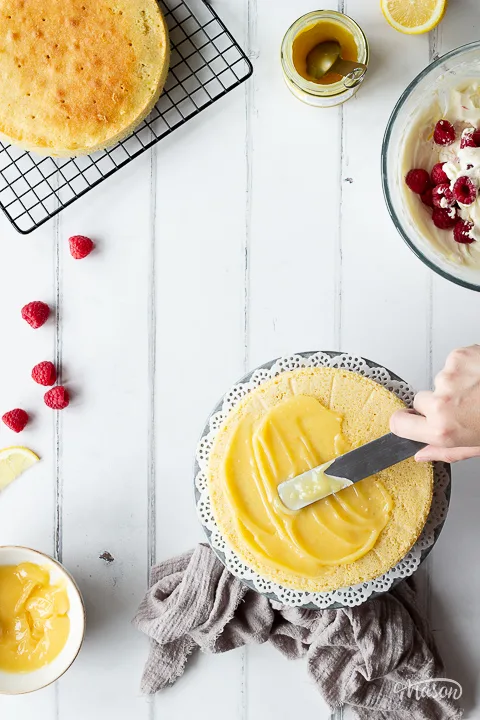
Baking terminology: simplified
Sometimes recipes can seem like they’re written in a different language. But once you get familiar with the terminology, it can be liberating!
Here are some common recipe words, and what they mean.
| Baking Paper | A non-stick baking paper that can be used to line baking sheets or pans to prevent sticking. |
| Convection Oven | An oven that circulates hot air around the food to cook it more evenly and quickly than a traditional oven. |
| Coulis | A thin puree made from fruit or vegetables. |
| Cream | Beating butter and sugar together until light and fluffy. |
| Crumb | The inside texture of a baked good, often used to describe the texture of bread or cake. |
| Docking | Pricking the surface of pastry dough with a fork to prevent it from puffing up during baking. |
| Fold | A gentle mixing technique used to incorporate delicate ingredients into a batter without deflating them. |
| Glaze | To brush on a coating to baked goods, which adds shine, flavour and/or texture. |
| Gluten | A protein found in wheat flour that gives dough its elastic texture. |
| Infusion | The process of steeping herbs, spices, or other flavourings in liquid. To infuse it with their flavour. |
| Lamination | The process of folding butter or another fat into dough to create layers, often used in pastry making. |
| Leavening Agent | A substance that causes dough or batter to rise. Such as yeast, baking powder, or bicarbonate of soda. |
| Proofing | The process of allowing bread dough to rise before baking. |
| Rolling Boil | A constant and vigorous boiling of liquid over a high heat. Where large bubbles rise to the surface and pop continuously. |
| Sift | Passing dry ingredients, such as flour or icing sugar, through a fine mesh sieve to remove lumps and aerate the mixture. |
| Simmer | Cooking food gently in liquid at a temperature just below boiling point. Can also be used to reduce sauces. |
| Temper | A technique used to gently melt chocolate. It ensures it’s shine and snap are retained once re-solidified. |
| Zest | The outermost layer of citrus fruit, often grated or peeled and used to add flavour to baked goods. |
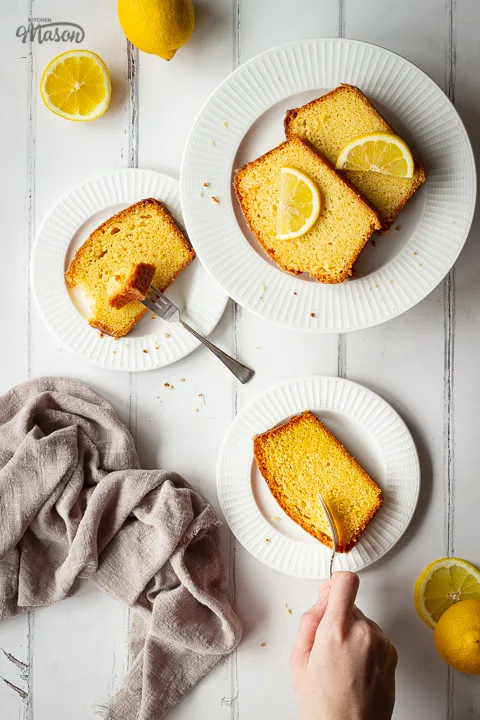
Baking recipes: what to look for
Found a recipe you want to make? That’s great! Here’s what to do next…
Always check the ingredients list first. As, quite often, you will find hidden instructions! For example – 120g (4.2 0z) unsalted butter, melted. Or 100g (3.5 oz) dark chocolate, chopped.
It’s a good idea to prep all your ingredients before you begin. That way, you won’t have to stop at a pivotal moment in the recipe. Speaking from experience, this can be the difference between burnt or exquisite!
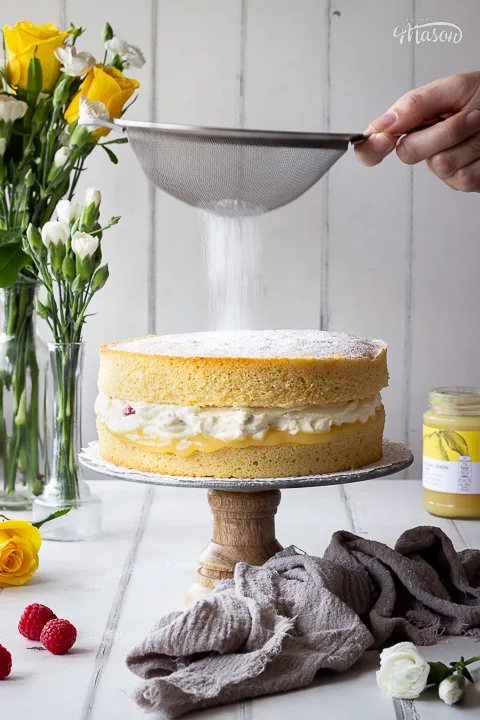
It’s also wise to check for any advanced preparation. Sometimes recipes call for you to refrigerate items for a length of time, like in this lemon ice cream recipe. Or freeze ingredients, like in these Nutella stuffed peanut butter cookies.
There’s nothing worse than starting a recipe and realising you can’t continue, because you didn’t check everything through beforehand!
Oh, and don’t forget to check the measurements. You may need to use a US cups to grams converter before you begin.
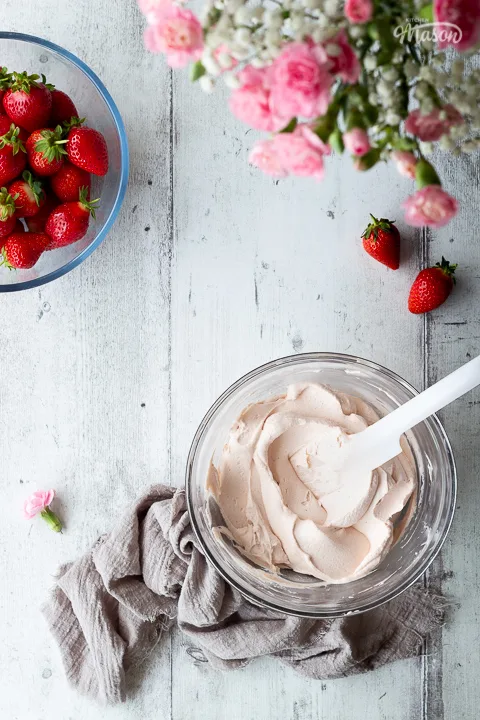
Baking for beginners: mastering the next steps
Now you’ve conquered the basics, it’s time to move on to the next step. Boosting your confidence with knowledge and helpful tips!
Baking tips and tricks
- Measure your ingredients accurately, for consistently great results.
- Check the use by dates on your ingredients! I’ve accidentally used out of date baking powder before, and it was underwhelming at best.
- Preheat your oven if a recipe calls for it. When wet ingredients are mixed with dry, they need to be baked as soon as possible for the best results.
- Don’t over mix your ingredients. This can often result in dense, chewy bakes instead of light and fluffy ones.
- Use the best quality ingredients you can afford. You will taste the difference!
- Found a recipe you want to make? Read through the comments at the end of the post. If there are any errors in the recipe or notable mistakes to avoid, you’ll usually find them there. Forewarned is forearmed!
- Whenever possible, use the right equipment. It will make your life so much easier!
- Don’t be afraid to ask for help. Whenever a reader comments on my recipes with a question, I always do my best to respond in a timely manner.
- Avoid opening the oven during baking. Particularly with cakes, as this can cause them to sink.
- Be patient. If a recipe calls for you to allow your bakes to cool completely, do it. It’s always for your benefit.
- Keep a clean and tidy worktop. Ever heard the phrase ‘tidy desk, tidy mind’? This applies to baking too!
Want the icing on the cake? For my Top 5 Tips to Guarantee Baking Success, sign up below for FREE! Plus, bag a Best Bakes e-cookbook and a conversions cheat sheet.
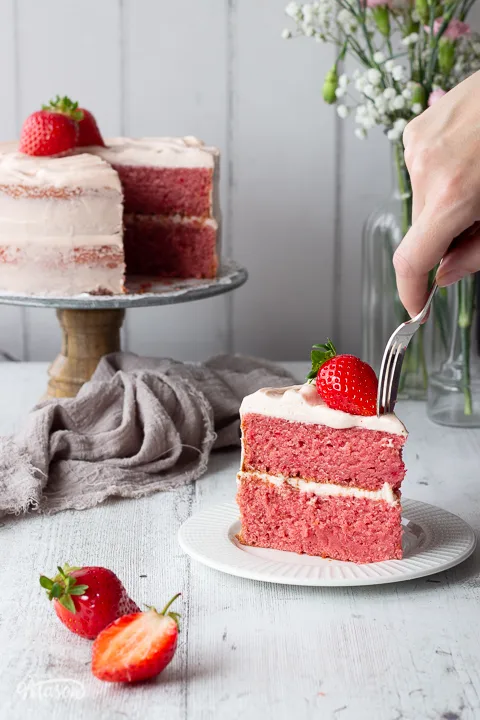
How to substitute ingredients
In most Kitchen Mason recipes, you’ll find a section called Ingredients and Substitutions. I always offer help and advice on this. Know that you’re never on your own with a Kitchen Mason recipe!
However, having the knowledge to substitute ingredients is nothing but a positive thing. So here are some substitutions for a few common baking ingredients.
| Baking Powder | If you’re out of baking powder, you can make your own by mixing 1 part bicarbonate of soda with 2 parts cream of tartar. |
| Butter | You can substitute butter with margarine or a vegetable fat (like Trex). |
| Brown Sugar | Make your own brown sugar by mixing together white sugar and molasses. (Ratio: 225g | 1 Cup of white sugar to 1 tablespoon of molasses) |
| Buttermilk | Mix milk together with an acid, like vinegar or lemon juice, and stand for 10 minutes until curdled. (Ratio: 250ml | 1 Cup milk to 1 tbsp acid) |
| Chocolate Chips | Chop whole bars of chocolate into smaller pieces. |
| Eggs | Use powdered egg as per the packet instructions. Or you can also use apple sauce, mashed bananas and aqua faba (chickpea juice). Use 60ml | 1/4 Cup per egg required. |
| Flour (self raising) | Make your own using store cupboard ingredients: How to make self raising flour. |
| Milk | If you don’t have cows milk, you can use almond milk, oat milk, soya milk, rice milk or coconut milk. |
| Sugar | Common sugar substitutes are honey, golden syrup, agave syrup and maple syrup. Exercise caution, as these will change the texture and flavour of your bakes. |
| Vanilla Extract | Vanilla seeds scraped from a vanilla bean works very well. You can also substitute with other flavour extracts. Like peppermint, orange blossom, lemon, mint and coffee. |
Note that substituting ingredients can affect the flavour, texture and appearance of your baked goods. And not all substitutions will work in every recipe. So it’s important to test them before serving to others.
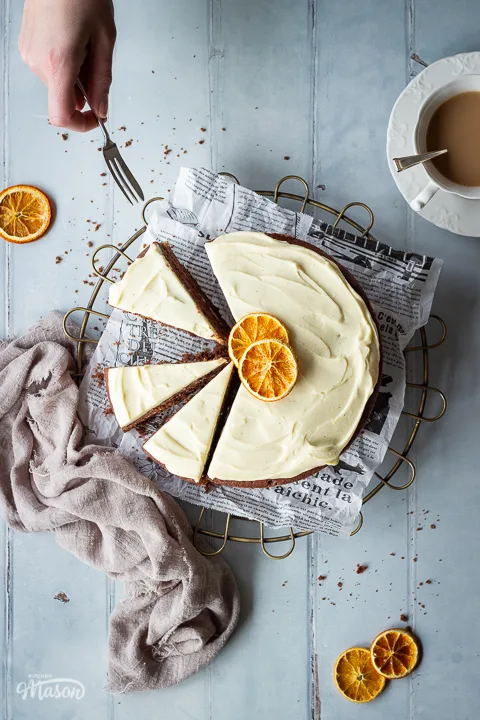
Easy baking recipes for beginners
Although it can be tempting, try not to run before you can walk. Practice makes perfect! So nail those basic recipes before moving onto more complex ones.
Here are some ideal recipes for beginner bakers:
- Easy shortcrust pastry recipe
- Victoria sandwich cake
- Easy UK flapjack recipe
- Shortbread cookies
- Easy lemon traybake cake
- Easy UK blondie recipe
- Lemon and white chocolate flapjack
- Easy one bowl fudgy brownies
- Chewy chocolate chip cookies
- Cheese scones recipe
- Easy chocolate cake
- Moist lemon drizzle cake
- Homemade chocolate HobNobs
When you’re feeling confident, check out the classic baking recipes in the Kitchen Mason archives for more inspiration.
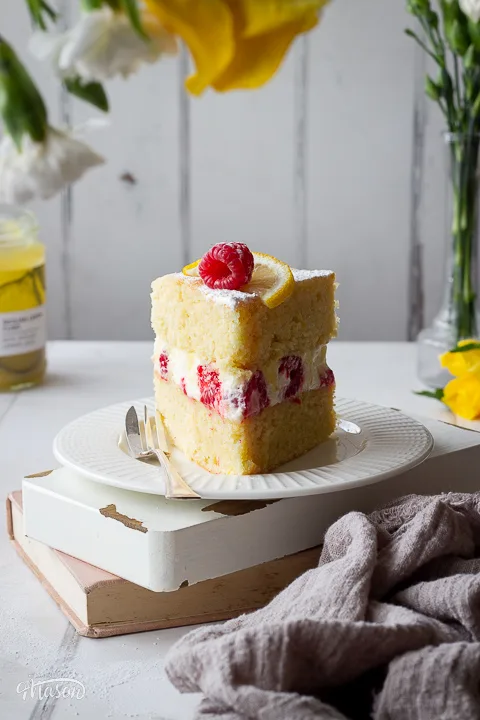
Useful baking resources for beginners
Got the baking bug? You’ll definitely want to check out these informative blogs and YouTube channels, to further improve your knowledge and baking experience!
- Jane’s Patisserie: A baking blog of epic proportions.
- Sorted Food: A YouTube channel that’s genuinely informative and fun!
- FitWaffle: Her recipes are incredible! I’ve never been disappointed and her new cookbook is brilliant!
- Domestic Gothess: A vegan baking blog with stunning photography.
Loved this baking for beginners guide? Pin it!
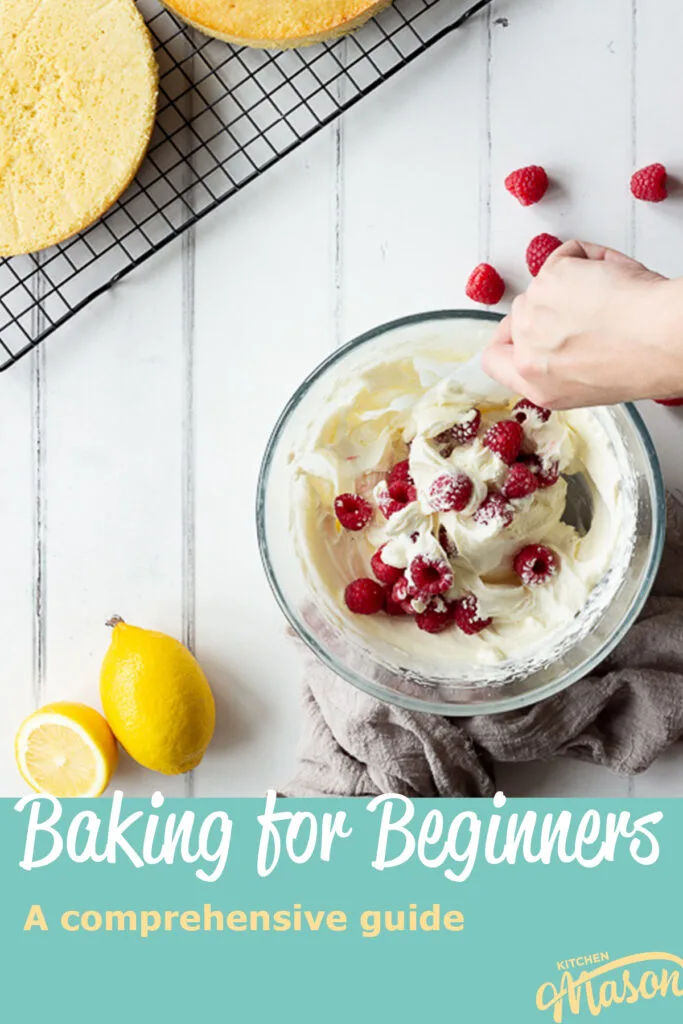

Experienced British Online Publisher, recipe writer, and home cook, Emma has a background of over 20 years in British cuisine and cooking. Born and bred in the UK, she excels in classic British dishes, is passionate about air frying, and loves sharing her Gran’s old school recipes. She has been featured in popular publications such as Food Network, Cosmopolitan, and The Huffington Post.
Knowledgeable On: Traditional British Cuisine, Recipe Writing, Air Frying, Home Cooking.

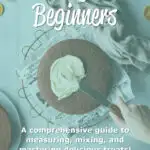
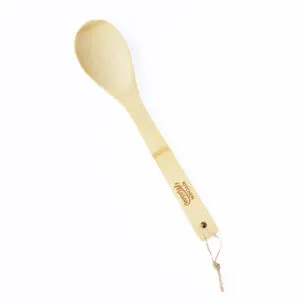
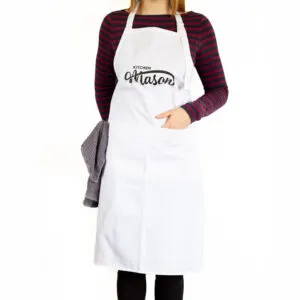
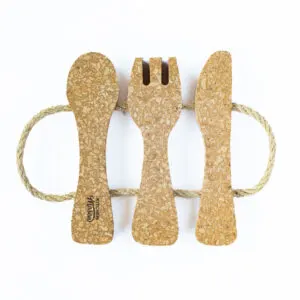
Eunice
Monday 27th of March 2023
Great
Emma
Monday 27th of March 2023
Thanks Eunice :) Emma x